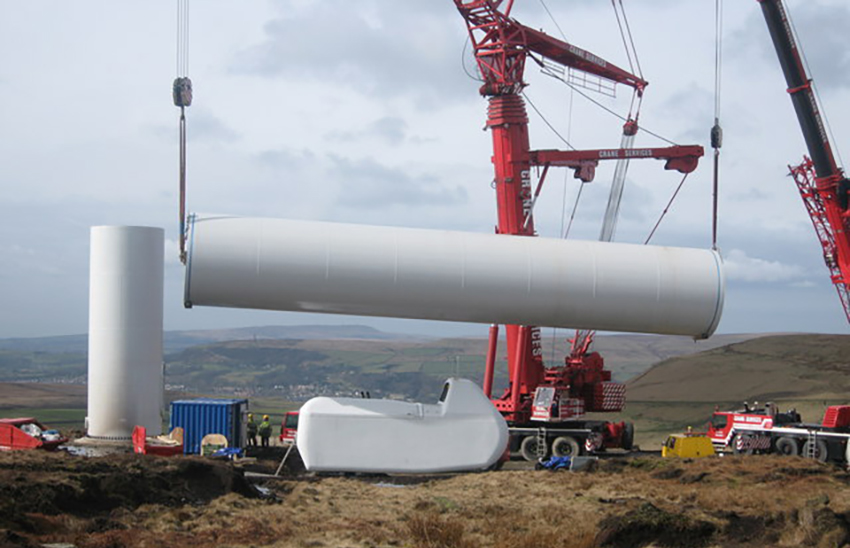Suggested Citation: Council on Energy, Environment and Water, and Natural Resources Defence Council. 2016. Identifying the Skill Gap Challenge Facing the Wind Industry. New Delhi; New York: Council on Energy, Environment and Water, and Natural Resources Defence Council
Overview
This brief, based on a survey of wind power producers, equipment manufacturers (wind turbine, tower, nacelle and hubs), engineering, procurement and construction (EPC) companies and turnkey solution providers, provides an assessment of the key skills required to fill jobs being generated in India’s wind energy sector.
India is the world’s fourth largest wind power producer, with over 25 GW of capacity operational at the time of the survey. Despite the rapid advancements and the relative maturity of the sector in India, data availability and collection pose a challenge to analysis. This survey, along with a companion analysis of the skill gap in the solar sector, was conducted in collaboration with the NRDC India.

A tower under construction at South Moor Wind Farm, UK (Source: Wikimedia Commons)
Key Highlights
- The wind energy market in India is fairly concentrated, with much of the capacity being deployed by large developers such as Vestas India, Suzlon Energy, Gamesa Wind Turbines, Inox Wind, etc.
- The survey identified the key skills required for each phase of deployment, including business development, manufacturing, construction and commissioning, operations and maintenance; and design and pre-construction.
- Most of the skills required for each phase could be gained through technical diplomas or vocational training.
- For the manufacturing phase vocational and in-house trainings are the main mode of training the workforce.
- The sector as a whole is challenged by an unavailability of skilled people, even though respondents do not necessarily have trouble hiring.
- The shortage of a skilled workforce could be attributed to existing trainings not meeting industry needs, the poor quality of training programmes, and the lack of enough suitable training institutes.
- Given the maturity of the sector, companies have developed in-house training programmes which provide a bulk of the skilling for each phase of deployment.
- With the exception of manufacturing, all other phases of deployment prefer to hire mid or senior level professionals.
- The wind sector is also constrained by the lack of transferability of skills. The skills required in the wind industry are highly specialised and movement between industries is limited.
- As the sector prepares to scale up, trainings will play an important role in streamlining operations and accelerating the pace of development.
The skills required in the wind industry are highly specialised and movement between industries is limited.







